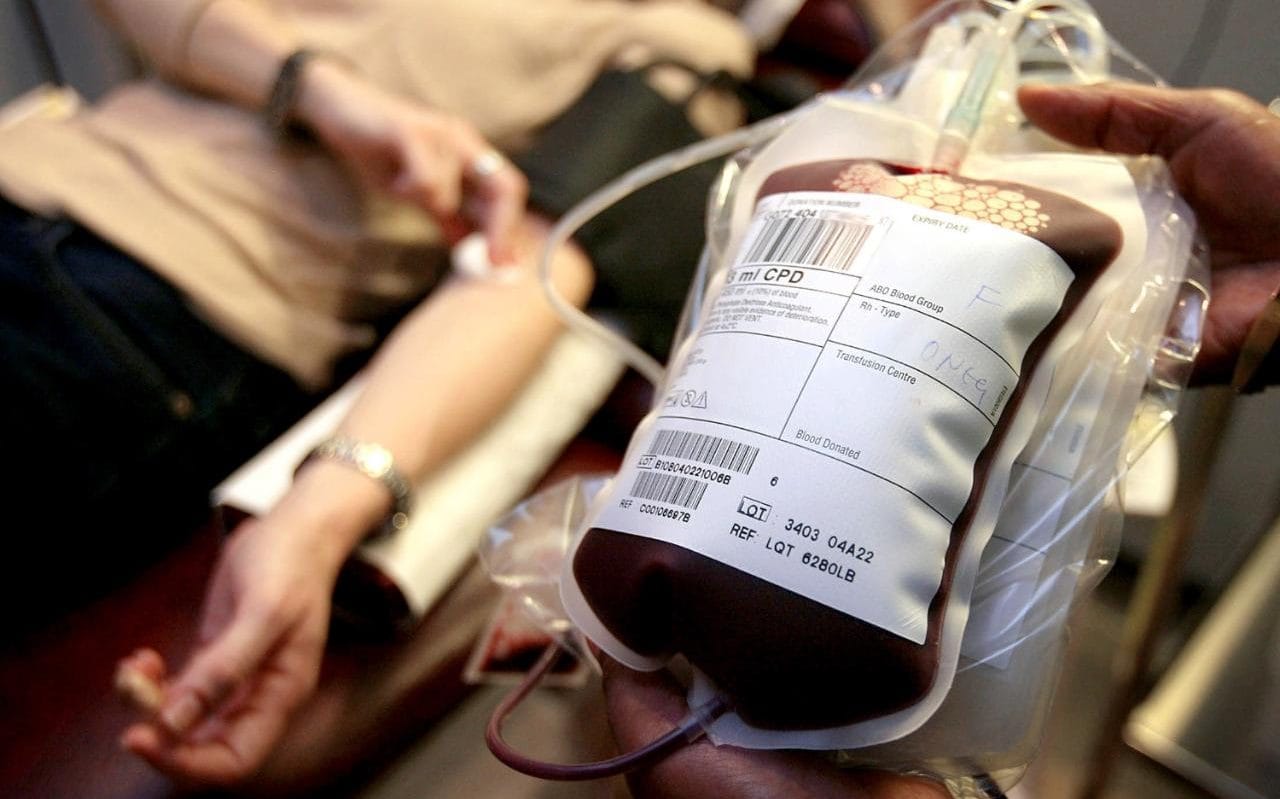Blood transfusion is a process by which a patient receives blood or blood products intravenously into circulation. Transfusions are necessary during various medical conditions for replacement of lost blood components.
Blood transfusions are essential for saving and sustaining life. Doctors and nurses usually find themselves in the front line of taking care of a patient whose life is in danger due to much loss of blood after an accident or operation. In such instances, medical practitioners recommend an immediate blood transfusion and must be adept for safe administration of blood and products. They must also know how to manage any adverse effects.
A doctor can order for blood transfusion when a patient is in a condition that causes loss of blood or failure to produce enough due to various medical conditions including:
- Illness
- Surgery
- Burns
- Injury
- Infection
- Cancer
Blood Transfusion Process
The primary reasons for blood transfusions are to replace blood components such as platelets, red blood cells or plasma. Before the process of blood transfusion begins, a medical provider draws the blood and sends a sample to a laboratory for the technician to type and cross-match. Typing in transfusion is the process of determining the type of blood while cross-matching is a test to determine the compatibility of the patients and donor's blood.
See Assignment Club Reviews by our customers and writers. We are among the best in the industry.
Safe Transfusion Practice
Safe transfusion practice starts with an accurate collection of blood samples from the recipient for typing and cross-matching. Some health facilities require a second staff member to witness as a phlebotomist (a person trained to draw patient's blood for testing, transfusion, donation or research) obtains the specimen and sign a form to declare it met the standards. For safety purposes, it is also essential for a medical care provider to be sure that all the requirements are in place by doing the following.
- Verify that there is an order for the transfusion
- Conduct a complete physical examination of the patient including the vital signs. It will help to identify any new developments and changes after receiving donated blood.
- Confirm the patient's conditions and type of blood product as the usually dictate the rate of infusion. For example, infusion blood in patients with trauma and rapid blood loss should be faster than in an octogenarian with heart failure who might not be strong enough to withstand rapid infusion.
- Document the findings and confirm whether a patient has given informed consent for transfusion
- Inform a patient about the procedures, risks, and benefits of transfusion. The information includes telling the patient what to expect during a transfusion, possible signs of an adverse reaction and when to call for assistance.
- Check patent and appropriate vascular access
- Ensure that all the essential equipment is at hand for the administration of blood products and management of reactions. These include oxygen, suction kit, hypersensitivity kit and an additional I.V line.
- Ensure that there is complete familiarity with the product that requires transfusion, appropriate rate of administration and necessary patient monitoring.
- Determine the people to contact if there are reactions and the fastest way of reaching them. These include blood bank representative and an on-call physician.
- Confirm the precise window of time within which the transfusion should take place beginning with the time that the product got to the blood product until the time that infusion should end to prevent risks of contamination.
Before hanging a blood product, it is essential to double check the identity of the patient and verifies that the product is appropriate. It is also essential to check the unit provided for transfusion again the patient identifiers and policy of the facility.
A nurse should observe the patient during transfusion for early detection of any reaction. If it happens, the first step is to stop the transfusion but keep the I.V line open using normal saline solution. The next step is to manage the signs and symptoms appropriately as well as notify the on-call physician.
Related Services
Seek guidance from EssayModo.com on how to go about getting the Best Research Outline Writing Services Online. Our support team is always on standby waiting to tackle your concerns. Get in touch if you need a clarification on anything, including questions on research outlines.
Cheap Assignment Help by a professional UK Assignment Writers with years of experience in academic writing Price start from: $19.99 per page.




